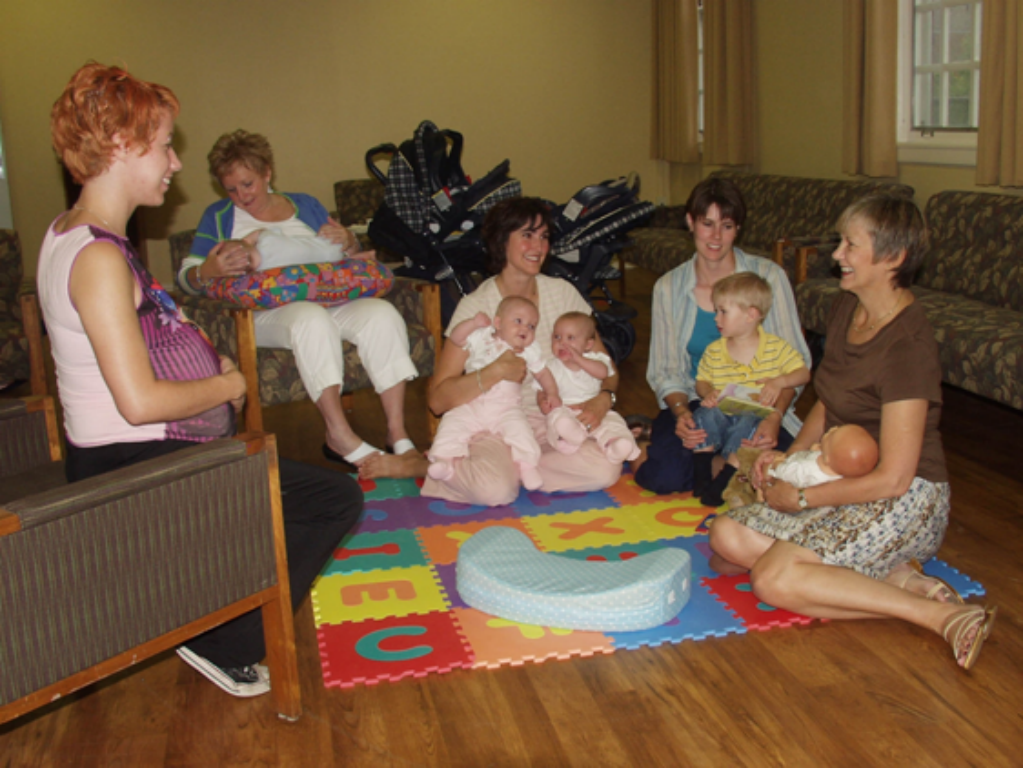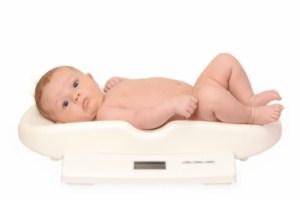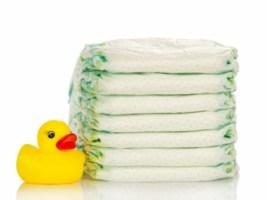MODULE 4
Choosing to Breastfeed
j. Creating Breastfeeding Support
Although breastfeeding is the natural way to feed your baby, that doesn't mean that you will know how to do it right away. Most mothers need information and support while breastfeeding especially during the first two months.

i. Setting Goals for Breastfeeding
The ideal time for the first feeding is within the first two hours following birth. Breast milk is all the baby needs during the first six months. After six months, begin to introduce solid foods while continuing to breastfeed for up to two years and beyond.

Now is a good time to set your own goals for breastfeeding. You have the natural ability to breastfeed, but you must learn how to do it correctly.
By setting goals, you are learning what to do. You can also decide how you are going to do it. By setting your goals in advance, you can then decide how you will achieve them.
3. Sore Nipples
The nipples may become tender during the first few days birth. This situation should improve daily. Breastfeeding should not be painful. Check the following table if you have sore nipples.
 |
Ask for help immediately if your nipples are sore even though the baby is well-positioned and feeding properly. |
2. Hard Breasts
The breasts may become hard or engorged the first days after birth. This engorgement is caused by an accumulation of milk in the breasts. This happens during the inflow of milk usually three to four days after the birth of your baby. If your breasts become hard, the baby may have trouble feeding. The hardness should only last 1-2 days. Here is some advice to help soften your breasts.
During the first weeks, you may have to express breast milk if your breasts are too hard for the baby to latch on.
You will find more information on expressing breast milk in Module 8 entitled "Healthy Family".
 |
Ask for help immediately if you:
|
h. Breast Care
There is no special care required for your breasts during pregnancy. Good daily hygiene is sufficient. The Montgomery tubercules (glands) situated under the areola are responsible to prepare your breasts for breastfeeding. To support your breasts, wear a bra that fits well; preferably without underwire.

1. General Breast Care
Basic care is important during breastfeeding
- Wash your breasts daily. Avoid putting soap on your nipples, especially if they are sore. Soap may dry your nipples and cause them to crack.
- Wear a well-adjusted bra that is not too tight. Do not wear a bra with underwires.
- After breastfeeding, express some breast milk into the nipples and the areolas in order to protect the skin. Allow the milk to dry before putting on your bra.
3. Weight Gain
The weight gain is a good indication that the baby is drinking enough milk. Here are a few clues.
- Most breastfed babies will lose up to 7 percent of their birth weight during the first three days after birth.
- Your baby should gain at least five to eight ounces (140 to 224 grams) per week during the first three months and at least 1 pound (16 oz or 448 g) per month between the third and the sixth month.
- Your baby should have returned to his/her birth weight by the second week of age.

4. Other Signs
There are other signs to indicate if the baby is drinking enough milk. Observe the following clues:
- Your baby has a loud cry and moves a lot.
- Your baby's mouth is wet and pink.
- Your baby's eyes look bright and awake.
- Your baby comes off the breast looking relaxed and sleepy.
- Your breasts feel softer and less full after breastfeeding.
|
Ask for help immediately if your baby does not seem to be breastfeeding well. |
2. Number of Wet and Soiled Diapers
By counting the number of wet and soiled diapers, you can check if your baby drinks enough milk.
- at 1 day old has at least 1 wet diaper and at least 1 to 2 sticky dark green/black stools
- at 2 days old has at least 2 wet diapers and at least 1 to 2 sticky dark green/black stools. ** This is easier to notice urine in cloth diapers. A facial tissue can be placed inside disposable diapers, if you are not sure.
- at 3 days old has at least 3 heavy wet diapers and at least 3 brown/green/yellow stools. Occasional “red brick coloured” staining is normal until day 3.
- at 4 days old has at least 4 heavy wet diapers and at least 3 brown/green/yellow stools.
- at 5 days and older, as the milk supply increases, baby has at least 6 heavy wet diapers and at least 3 large soft yellow seedy stools per day.

A wet diaper is equivalent to 2 tablespoons or 30ml, and a heavy wet diaper is equivalent to 4-5 tablespoons or 60-75 ml.
1. The Baby's Suckling
At the beginning of the feeding, your baby's suckling will be shallow and quick. Once the milk begins to flow, the baby's suckling should become deep and slow. At one point there should be a pause and the baby should open its mouth wide. This is when the mouth fills with milk. The longer this pause, the more milk the baby gets.
You may :
- Feel some initial pain for the first few sucks which should go away. If it continues, the baby may not be latched or positioned well. Ensure to receive professional help to assist to correctly breastfeed your baby.
- Hear the baby swallow.
The next video shows a baby breastfeeding well.
Sample video from "Breastfeeding : Bringing baby to the breast" from http://www.videoallaitement.org/english.html






